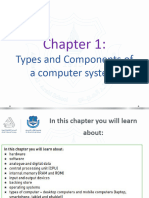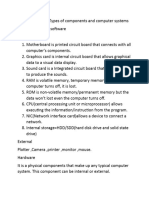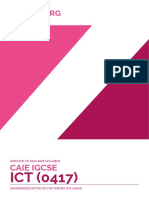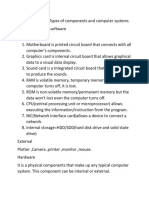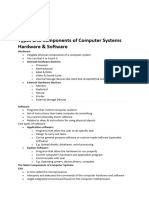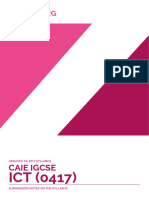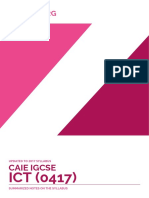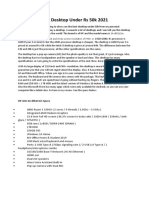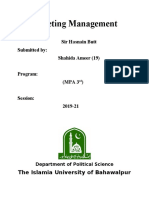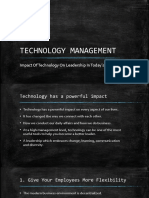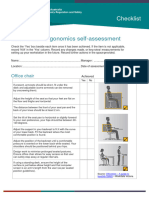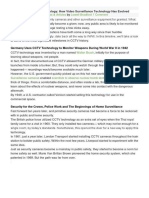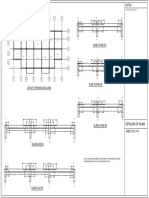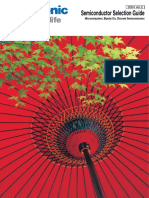0% found this document useful (0 votes)
37 views6 pagesICT Unit 1
The document outlines the types and components of computer systems, detailing hardware (internal and external), software (application and system), and their functions. It explains various elements such as the CPU, RAM, ROM, operating systems, and user interfaces (GUI and CLI), along with their advantages and disadvantages. Additionally, it discusses emerging technologies like AI, VR, and AR, and their impacts on human lives.
Uploaded by
melinasaaid90Copyright
© © All Rights Reserved
We take content rights seriously. If you suspect this is your content, claim it here.
Available Formats
Download as DOCX, PDF, TXT or read online on Scribd
0% found this document useful (0 votes)
37 views6 pagesICT Unit 1
The document outlines the types and components of computer systems, detailing hardware (internal and external), software (application and system), and their functions. It explains various elements such as the CPU, RAM, ROM, operating systems, and user interfaces (GUI and CLI), along with their advantages and disadvantages. Additionally, it discusses emerging technologies like AI, VR, and AR, and their impacts on human lives.
Uploaded by
melinasaaid90Copyright
© © All Rights Reserved
We take content rights seriously. If you suspect this is your content, claim it here.
Available Formats
Download as DOCX, PDF, TXT or read online on Scribd
/ 6






